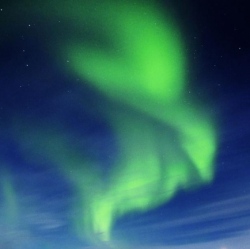
Theoretical models predict that some of the very first stars were hundreds of times larger than the Sun. But no clear evidence of this had been found so far. Scientists writing in the journal Science have discovered the traces of an early massive stellar object in the exceptional chemical composition of a star in our galaxy.
"This is quite a unique star, with a very peculiar chemical pattern that has never been found previously," said lead author Dr Wako Aoki, from the National Observatory of Japan. In the first several hundred million years after the Big Bang, the Universe was composed only of hydrogen and helium. It had no structure, no stars, nor any black holes.
"It was a very featureless, boring Universe. Then the first stars formed and fundamentally transformed it," said Dr Volker Bromm from the University of Texas, Austin. Dr Bromm, who was not part of the study, has worked for many years on numerical simulations of early star and galaxy formation. "How this happened, this transformation of the early Universe into a state of ever increasing complexity, depended very much on the mass of the first stars."
